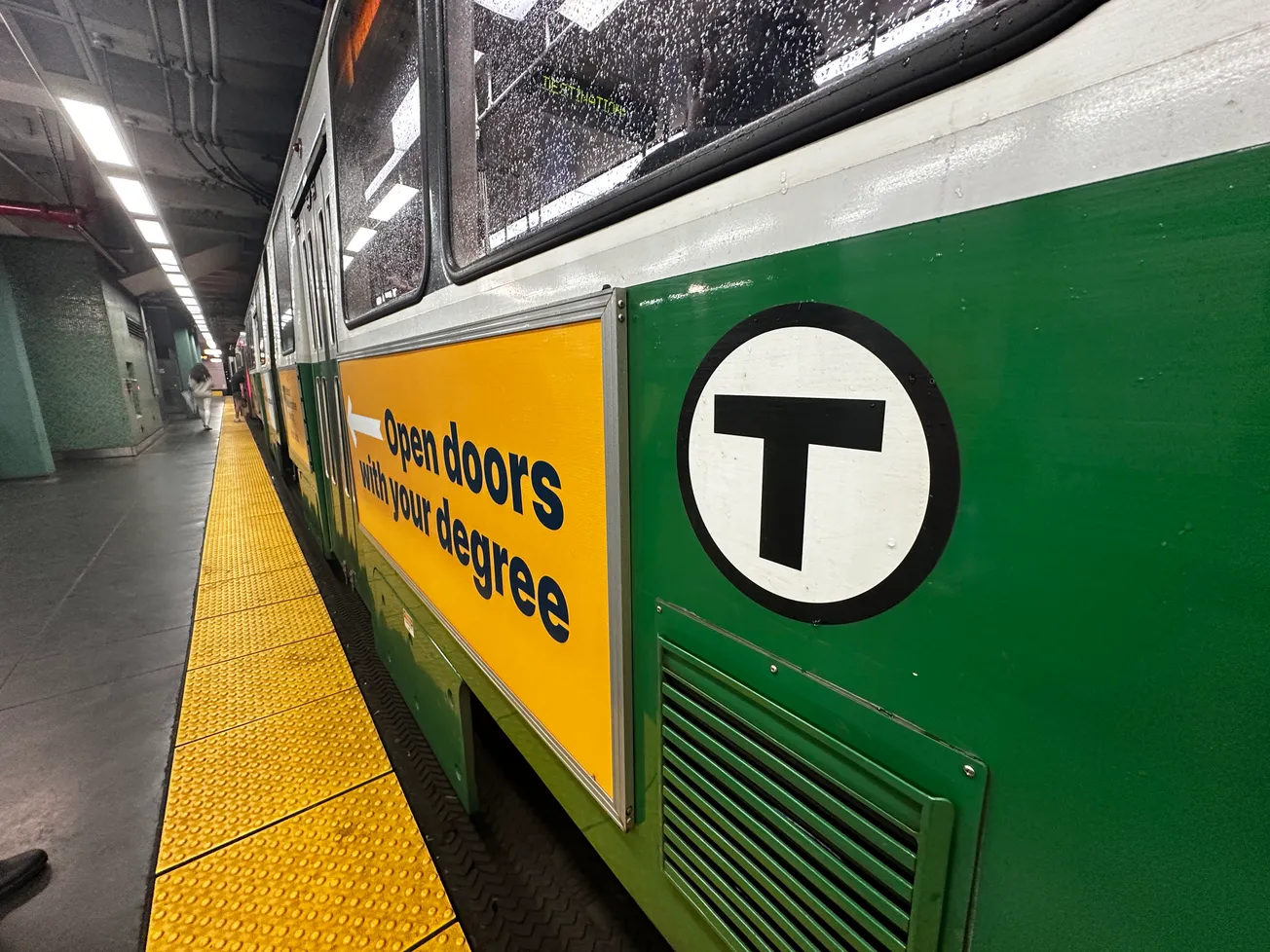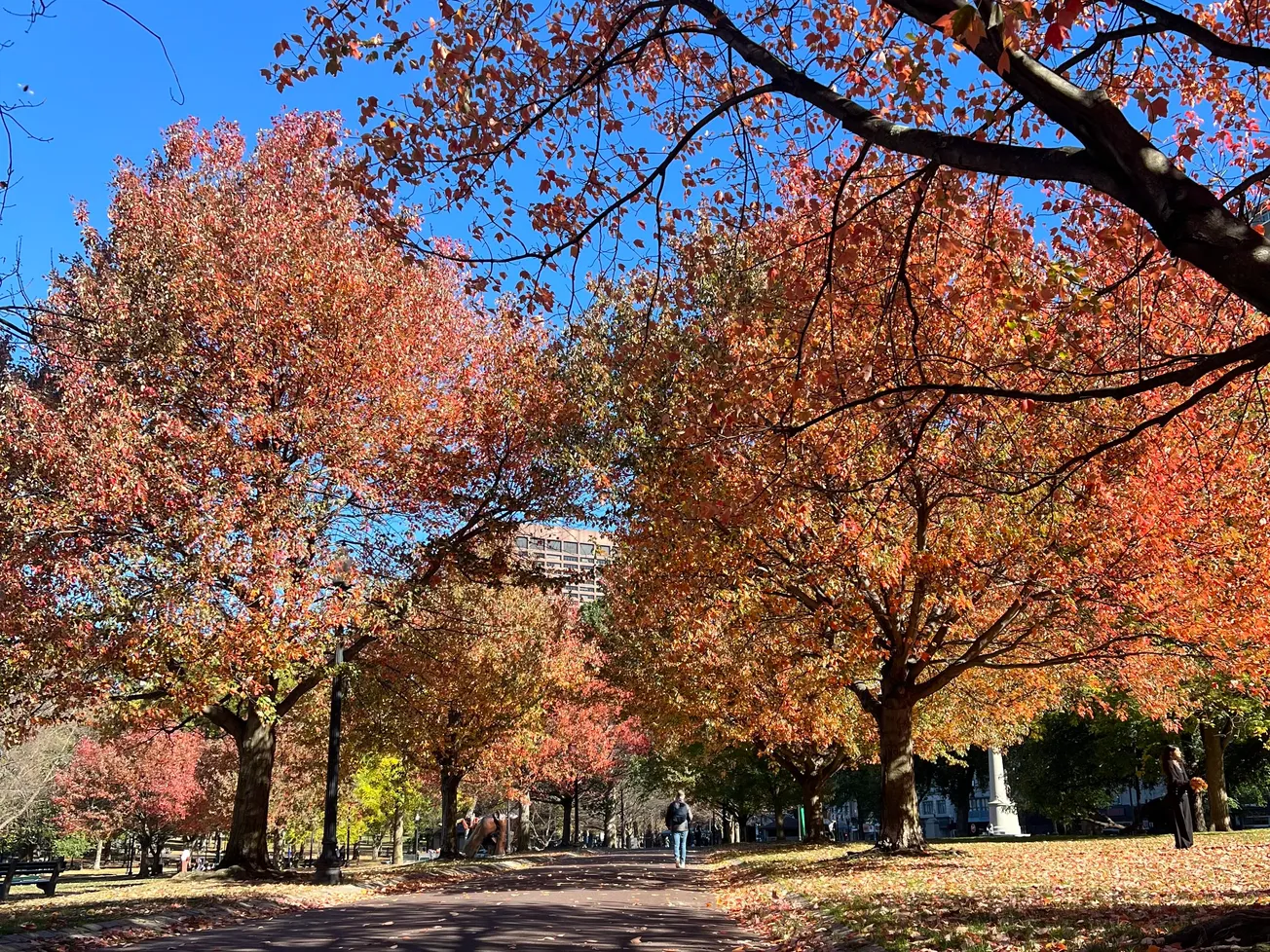GARDNER, MA — October 13, 2010 — Long considered the furniture capital of New England, Gardner, Massachusetts, is still a hub of activity in the table-and-chair business, but there’s much evidence that modernization and revitalization are taking hold there.
Less than two years ago, Mayor Mark Hawke led the charge to establish the city’s economic development office, working in partnership with the Gardner Redevelopment Authority and the Greater Gardner Industrial Foundation. Offering workforce development options, tax incentives and technical assistance for businesses looking to expand or relocate in the city, Hawke calls the department a one-stop shop for business development.
«The city of Gardner continues to be a leading manufacturing hub in Central Massachusetts, with a diverse range of companies including furniture, biotech, injection molding, and paper related product manufacturers. These firms have capitalized on the highly-skilled workforce, exceptional school systems, recreational facilities, and other quality of life amenities available in the city,» Hawke said.
At the federal level, new funding earmarked for community development in Gardner was recently awarded. In July, Massachusetts Governor Deval Patrick announced that 68 cities and towns in Massachusetts will receive $33.6 million in federal Community Development Block Grants (CDBG). Of those funds, Gardner will receive $1,000,000. The money will help with housing rehabilitation, energy improvements, jobs skills training, and more. The CDBG program is the largest available resource in Massachusetts for providing municipalities with funding to support neighborhood revitalization projects. Administered by the U.S. Department of Housing and Urban Development (HUD), the funds are available to towns with a population of less than 50,000.
In downtown Gardner, redevelopment and revitalization are the primary focus of city officials, according to the city’s economic development coordinator, Trevor Beauregard. The city’s urban renewal plan was finalized in May, and Beauregard expects all approvals to be in place by the end of 2010.
«A lot of what is taking place right now is in preparation for a turnaround in the economy,» Beauregard says. «A number of older buildings in the downtown area have been demolished over the last three and a half years. Older manufacturing facilities that are no longer conducive to modern day needs are being shuttered and new sites are becoming readily available for redevelopment.»
Proof of this downtown re-birth can be found at the former Goodnow Pearson’s Department store site, which was rehabilitated and transformed into a 28-unit, market-rate, rental housing development, in which all units have been snatched up, according to Beauregard, who estimates the project investment at $3 million. The mixed-use property also includes three commercial spaces. According to the urban renewal plan, the Pearson project created eight new construction jobs, one permanent job and scores of new customers for downtown businesses. The urban renewal plan further calls for energy conservation practices to be incorporated in all projects, as well as opportunities for 21st Century manufacturing and business opportunities, including those in the renewable energy field.
As downtown Gardner grows, there’s already a development on the outskirts of the city that is ahead of the modernization curve. Summit Industrial Park, a master planned, 125-acre park, is a state-approved priority development site, which allows tenants access to expedited permitting, priority in the state’s economic development marketing program and priority consideration for state grant programs for economic development.
At http://www.151suffolklane.com [151 Suffolk Lane], a 67,200 square-foot, clear, single-tenant warehouse, distribution and ma





